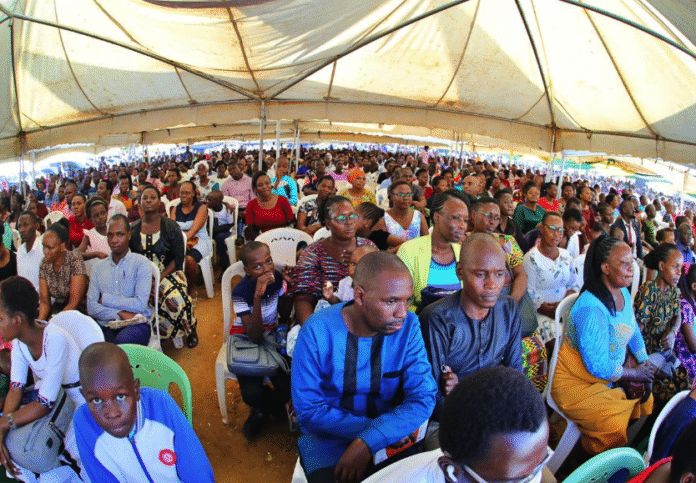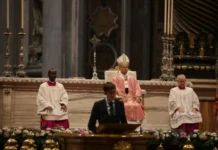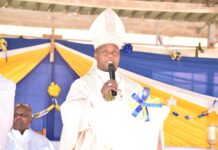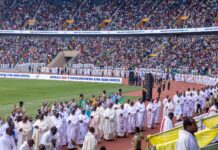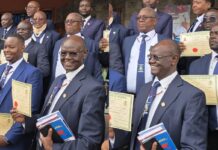Every year, around the globe, Seventh Day Adventist churches set aside a special week for what members simply call “camp meeting.”
It is a worldwide tradition stretching back more than a century, where congregations gather for revival, teaching, fellowship, and renewal. From the Americas to Africa, from Europe to the Pacific Islands, millions of Adventists leave behind their daily routines to focus fully on their faith.
At Nairobi East SDA Church this year’s gathering, held under the theme “The Good News, Great Controversy” was no exception.
The church grounds buzzed with life from sunrise to sunset. Long before the first hymn was sung by guest choirs Nyegezi SDA from Tanzania and Sacred Music Choir, families streamed in, children clutching lesson guides, youth groups huddling in excitement, and elders greeting one another with the warmth of reunion.
Tents spilled over with worshippers eager to reconnect not only with each other but also with their faith. For seven days the air carried the unmistakable energy of Makambi, as camp meeting is fondly called across East Africa.
The theme struck a deep chord. Through morning devotions, spirited sermons, and interactive Bible study, Pr. Dr. Sampson Nwaomah, the guest speaker and local pastors unpacked the profound hope of salvation while confronting the ongoing battle between good and evil that defines the Christian journey.
Members scribbled notes, nodded in reflection, and responded to powerful altar calls that left the congregation moved and challenged.
Music became a language of its own. Choirs, children’s groups, and visiting ensembles led the church in songs of praise that lifted hearts skyward. For many, the harmonies were as much a sermon as the spoken word, a reminder that the Good News brings joy even in the midst of struggle.
The fellowship was just as rich as the worship. Shared meals under sprawling tents turned eating into communion, where laughter, encouragement, and storytelling flowed freely.
Book stalls brimmed with hymnals, devotionals, and Adventist literature, while testimony sessions gave space for members to share stories of healing, answered prayers, and restored families.
For some, the highlight came in the form of baptisms, public declarations of faith that stirred both tears and celebration among the congregation.
As the final Sabbath drew thousands into the grounds, the week closed on a high note of prayer, music, and renewed commitments. It was, but the renewal of a rhythm that has bound the Adventist community together for generations.
Beyond Nairobi East, the same spirit thrived in thousands of SDA churches worldwide. Though settings differ, the heartbeat is the same: a time to step away from routine, to refocus on faith, and to stand firm amid life’s controversies.
The Seventh-day Adventist Church, in particular, popularized camp meetings in the 19th century as a way to promote revival and strengthen faith among members. Originating in the United States, these meetings often lasted several days to weeks and included sermons, singing, prayer, and Bible study. They provided an opportunity for believers to come together, renew their faith, and share their beliefs with others.
Over time, Adventist camp meetings have evolved into large, organized events held across various regions, attracting both members and visitors. They continue to be a vital part of Adventist outreach and spiritual life, emphasizing revival, unity, and mission.
For Adventists everywhere, camp meeting remains more than a tradition. It is a global celebration of faith, an anchor in turbulent times, and a collective recommitment to walking with God.









